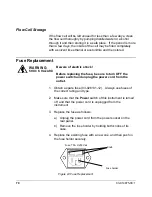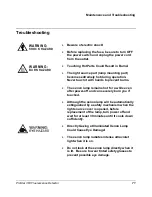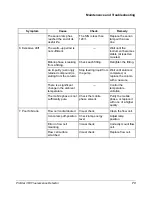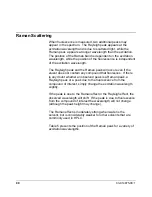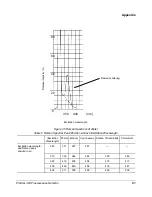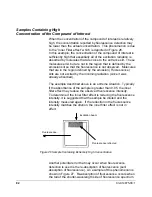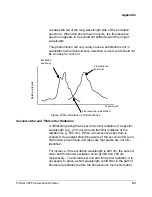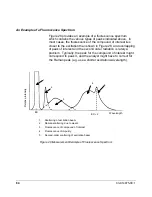
Appendix
ProStar 363 Fluorescence Detector
83
overlaps the tail of the long-wavelength side of the excitation
spectrum. When this phenomenon occurs, the fluorescence
spectrum appears to be somewhat shifted toward the longer-
wavelength.
This phenomenon will very rarely cause a substantial error in
quantitation when fluorescence detection is used, and should not
be a cause for concern.
Figure 27 Re-absorption of Fluorescence
Second-order and Third-order Radiation
A diffraction grating that is set to transmit radiation of a specific
wavelength (e.g., 250 nm) will also transmit multiples of the
radiation (e.g., 500 nm). When a fluorescence spectrum is
collected, the analyst should be aware of the second order (and
third order) phenomena and take care that peaks are not mis-
identified.
For instance, if the excitation wavelength is 240 nm, the second-
order and third-order excitation occur at 480 and 720 nm,
respectively. To eliminate second and third order radiation, it is
necessary to place a short-wavelength cutoff filter in the path of
fluorescing radiation (before the fluorescence monochromator).
Relative intensity
Wavelength
Fluorescence re-absorbed
Fluorescence
spectrum
Excitation
spectrum
Summary of Contents for ProStar 363
Page 2: ......
Page 6: ...iv 03 914875 00 1...
Page 20: ...14 03 914875 00 1...
Page 82: ...76 03 914875 00 1...


